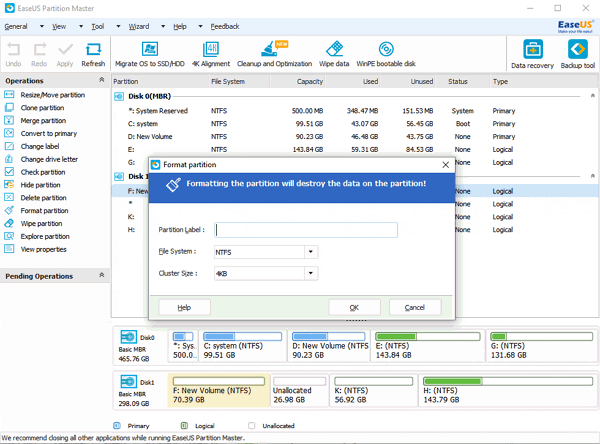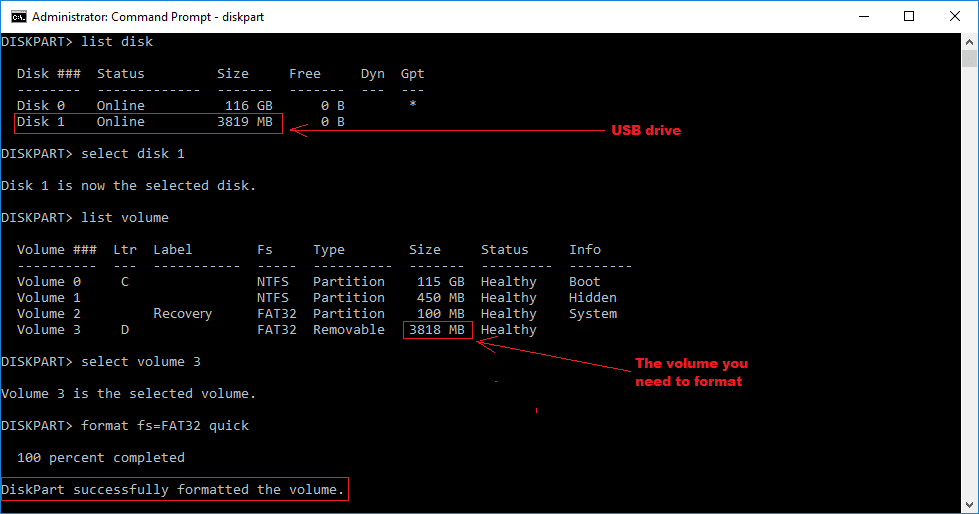

If you remove the non-fitting partitions or the entire storage media having the non-fitting partitions, then your Windows 10 will start to recognise all FAT16 and FAT32 storage media, as it should, immediately after a reboot.

So, when you re-install Windows, the new Windows may refer to the wrong partitions and this is exactly what is causing this issue. more than a single hard drive installed in your computer and you re-installed Windows a couple of times already, then it may happen, that at one point Windows installed its secondary partitions to the wrong drive. You need to make sure that your Windows does not use the wrong support partitions. However, if none of them work for you, and you already DISMed and SFCed the crap out of your Windows, then this is the answer for you. There are lots of comments and explanations regarding this problem around the internet.

Seems like a driver problem, but i dont know where the FAT32 drivers are ?įor finding the solution quickly, read the bold text. etc etc.Īll Windows 7/8/8.1/10 installation ISO files are designed to be extracted to FAT32. Trying to reformat to NTFS works fine, but a format to FAT32 fails, and the machine wants to format it again. I plug in a known, good drive, and the computer reports that it needs to be formatted. The drives I try are all correctly formatted, and readable. This computer will not read any FAT32 drive, USB, internal or external. If I try to re-format the drive (or smaller drives) to FAT32, it fails.

The screenshot below shows a known good 4GB, properly formatted FAT32 USB stick.ĮaseUS Partition Master recognizes as FAT32, Windows 10 Disk Management sees it as RAW.Partition Master however cannot read the disk contents. I've tried both UEFI (Secure Boot) and Legacy boot. My Dell XPS13 notebook will not read any FAT32 formatted drive, be it a USB flash drive or the bootable UEFI partition.


 0 kommentar(er)
0 kommentar(er)
